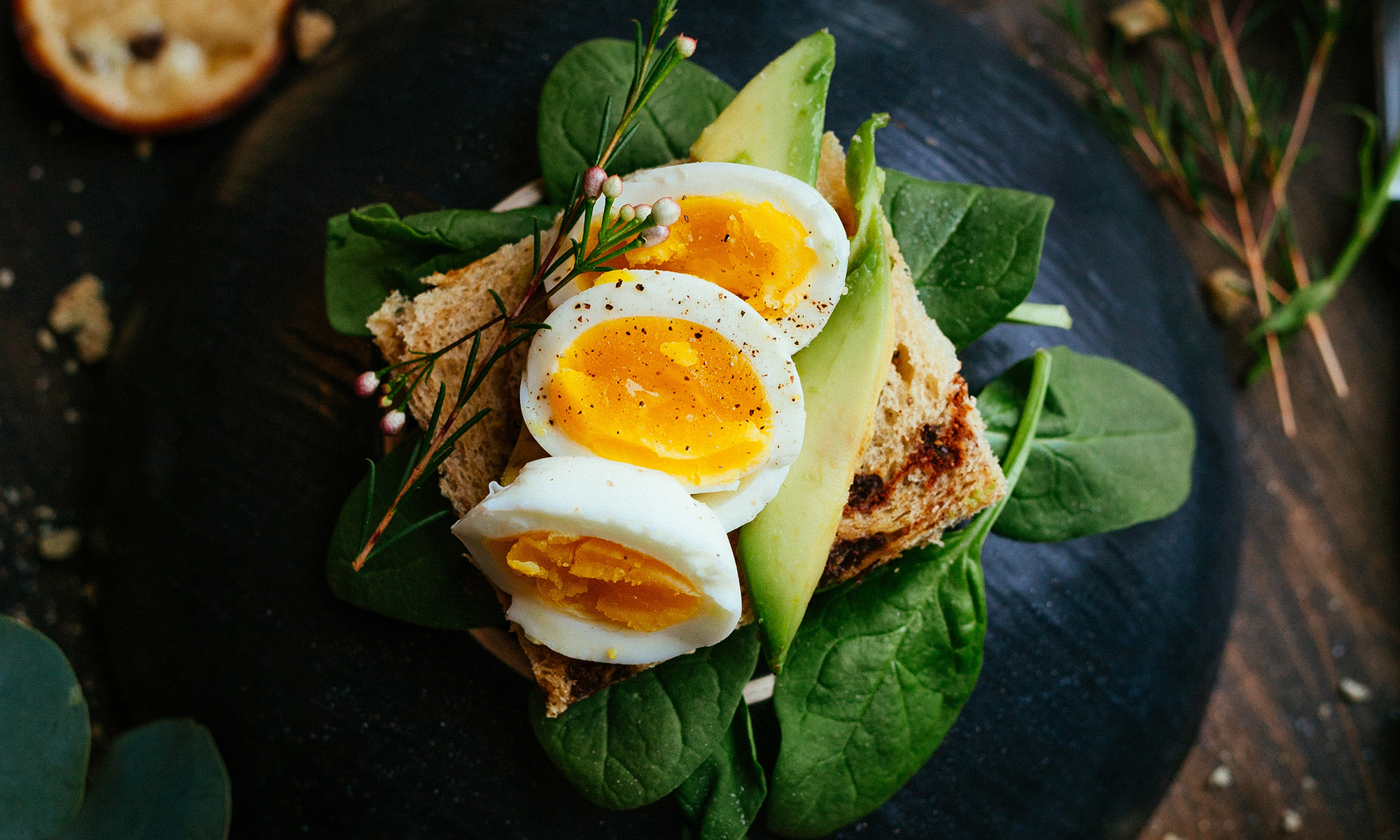Last year, I planted 20 zucchini seeds hoping for a bountiful squash blossom harvest. Any less would not yield enough blossoms for more than just a taste. Part of me was scared with this strategy because of the plants bountiful nature. I envisioned myself peddling zucchini up and down my street. It turns out, I had nothing to worry about.
I did not harvest a single zucchini.
And in case you’re wondering, it’s not because I harvested all the blossoms before they had a chance to metamorphose into zucchini. Early in the squash blossoms life, it reveals its destiny.
As the blossom grows, look at the stem. If the stem remains a stem: no zucchini.
Might as well harvest the blossom and enjoy them in one of these recipes:
Summer Vegetable Quiche
Fried Stuffed Squash Blossoms
For tips on when to pick squash blossom, read this post.
If the stem thickens to resemble a petite courgette, then you have the option to enjoy the blossom or leave it be to let the squash mature.
This year, I planted only 3 zucchini. I had my fill of blossoms last year, and now I just want squash. As these photos were taken today, I’m hopeful.
I’m curious to know what’s different this year. Already, the plants show signs of squash. Last year, there were none. I have a few theories:
1. The soil seems to be in better condition as witnessed by all the earth worms squirming around.
2. Last year, I planted a single seed every few inches, unlike the recommend 3 seeds per mound. I wonder if the seeds “mate” to produce the vegetables.
What do you think happened?














